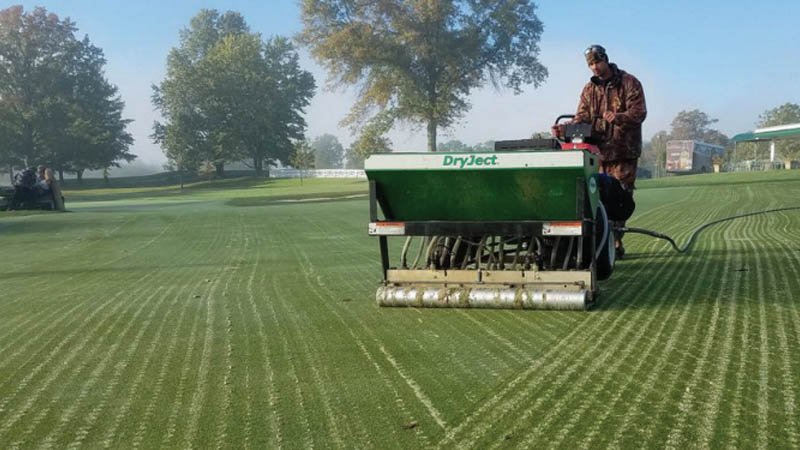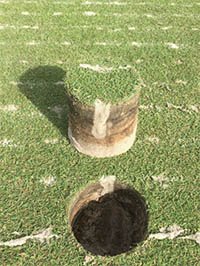
Like it or not, putting green quality is the measuring stick by which golf course superintendents are measured.
 Tees, fairways and hazards are important, but golfers often will overlook them for the sake of putting surfaces that roll fast and true, even if that pace outruns their playing ability.
Tees, fairways and hazards are important, but golfers often will overlook them for the sake of putting surfaces that roll fast and true, even if that pace outruns their playing ability.
Countless articles have been written about how to alleviate the accumulation of organic matter that can make putting greens soft and puffy and threaten to send a golf course superintendent to the unemployment line.
Conversely, the practices that help superintendents produce these sought-after conditions are temporarily disruptive and as such are immensely unpopular with golfers, many of whom do not understand their importance.
At Ohio State University, Ed McCoy, Ph.D., associate professor of soil physics, has developed a simulation model that helps turf managers monitor organic matter accumulation, decomposition and dilution and provides a way to manage organic matter on a site-specific basis.
The model uses a math-intensive set of equations that include initial soil organic matter quantity within the root zone, monthly accumulation of soil organic matter, monthly decomposition of soil organic matter, monthly dilution of soil organic matter by topdressing or sand injection, and the monthly removal of soil organic matter by core aeration. The model incorporates measurements at five intervals to a depth of five inches to provide a tool for turf managers to plan aeration, injection, tining and topdressing programs that is capable at projecting out as far as 30 years.
For more information, get out your slide rule and click here.


